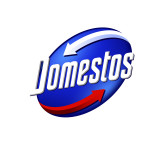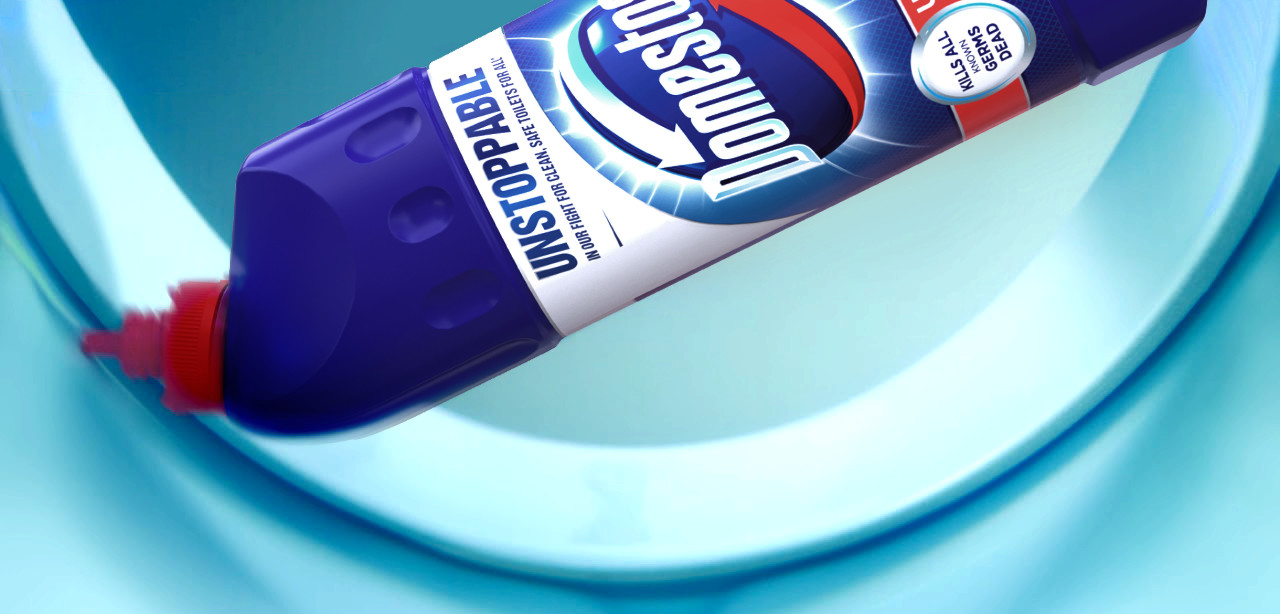1. READ ON PACK INSTRUCTIONS: Always start by reading on-pack safety instructions and follow them, for use and precautions.
2. PROTECT YOURSELF: Personal protection is essential so when using bleach ensure that you wear kitchen rubber/plastic gloves. The smell can also be strong, so ensure you ventilate the room well by opening windows to allow fresh air in.
3. NEVER INGEST: Bleach should NEVER be ingested or otherwise put into the human body. As with all cleaning products, bleach and other household disinfectants should only be used in line with manufacturer’s usage instructions. Seek medical advice immediately if ingested.
4. DILUTE: The World Health Organisation WHO recommends the use of Sodium Hypochlorite (bleach) at 0.5% as the preferred disinfectant against the new Coronavirus (SARS-CoV-2). When using Domestos Bleach to disinfect surfaces, prepare 1-part Domestos Bleach to 9-parts water, to create your disinfectant solution at 0.5% Sodium Hypochlorite.
This ratio adds up to 10, so it’s easy to remember how much bleach to water you need, and can be used as a general rule of thumb when using other brands of bleach too – just remember that not all brands of bleach contain the same levels of Sodium Hypochlorite so won't always add up to a Sodium Hypochlorite at 0.5% solution (though they should still be effective in cleaning your home). If in doubt, always follow the instructions on the back of your bleach bottle.
Once you’ve finished cleaning, always safely dispose of the bleach solution down the sink or toilet and make a fresh batch each time you clean. Do not store diluted bleach.
5. DON’T MIX: Bleach is a highly reactive chemical that should not be mixed with other cleaners, including alternatives such as vinegar. The safest way to use bleach is to mix it with clean water and nothing else.
6. REMOVE DIRT FIRST: It’s important to remove any dirt and grime from your surfaces first, and then disinfect them with your bleach solution. If the surface is not visibly clean before you disinfect it, germs can hide in the dirt and grime therefore reducing the disinfectants efficacy.
7. DO NOT USE ON POROUS SURFACES: Do not use bleach to disinfect porous surfaces such as aluminium, polished wood, or scratched surfaces. For a full list, always check the instructions on the back of your bleach bottle. Otherwise, you can disinfect virtually all non-porous surfaces with a diluted bleach solution (such as light switches, door handles, countertops, sinks, bathtubs, plastic toys, and toilets). For new or unusual surfaces always test an inconspicuous area first.
8. STORE SAFELY: Bleach must be stored safely away from children and pets – either store up high or in a locked cabinet. Do not store bleach in direct sunlight, as this can affect its quality. When using bleach, ensure children and pets are not around.

